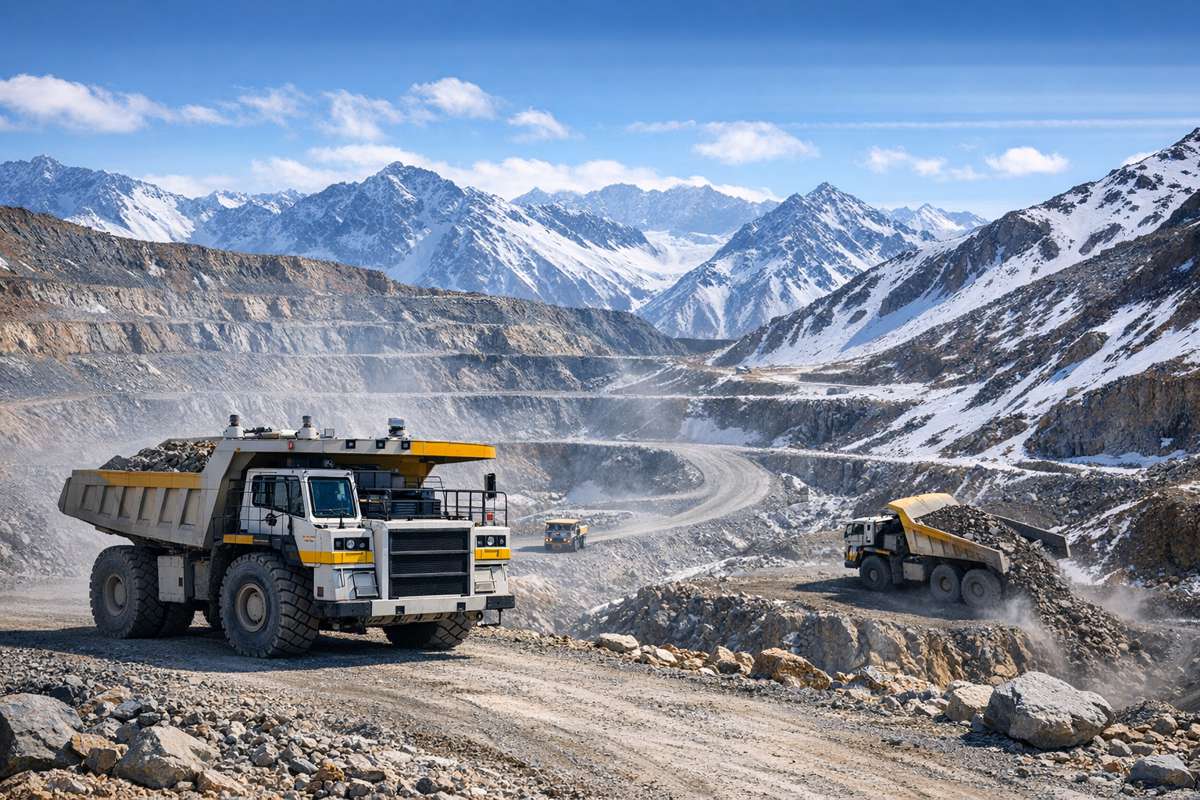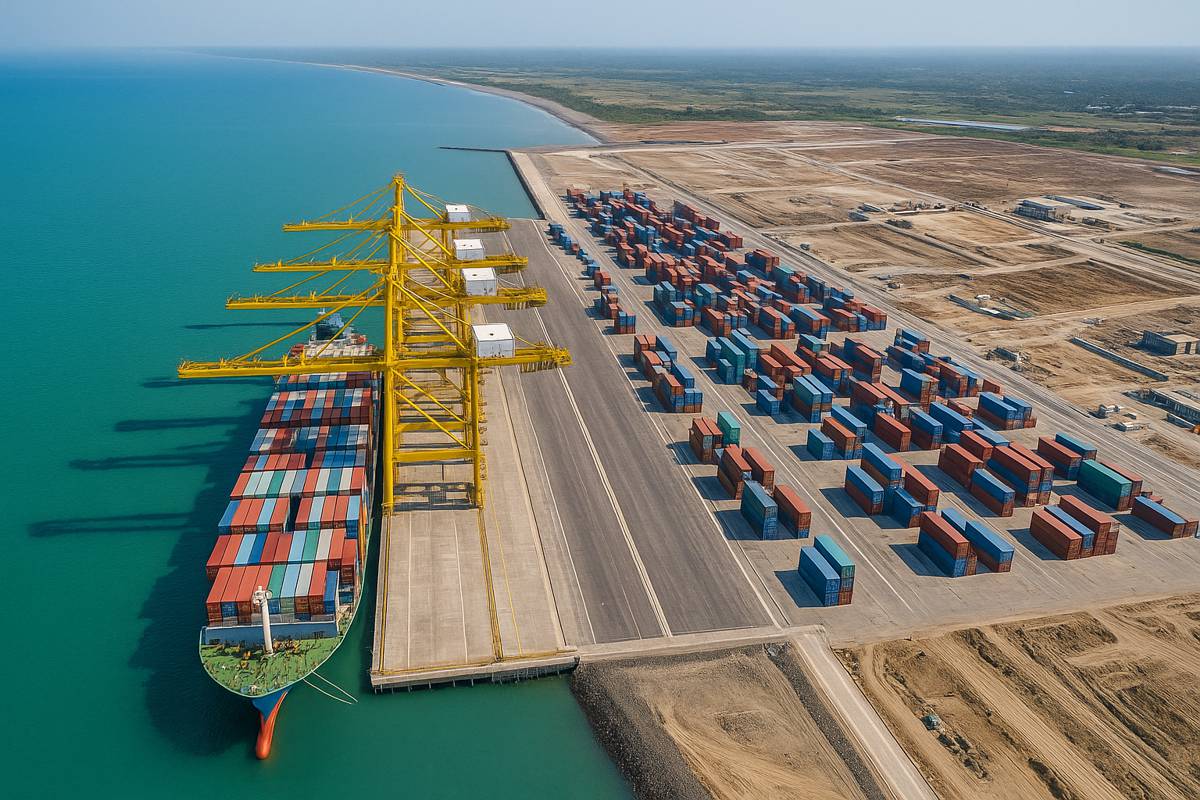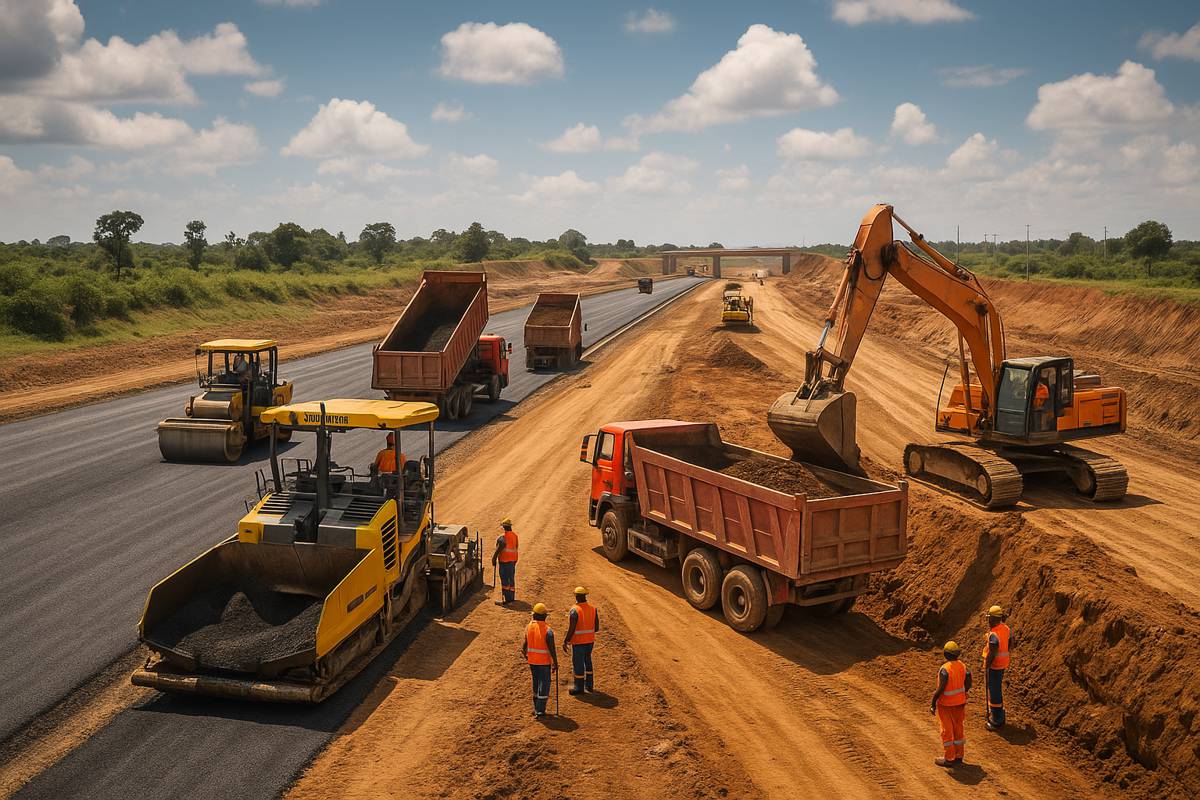Electric and Hydrogen Powering the Future of Construction Equipment
The construction industry has long relied on the raw power of diesel engines. Today, however, diggers, dozers and dump trucks are increasingly trading in diesel for batteries and hydrogen.
This shift from fossil fuels to electric and hydrogen-powered construction equipment is underway on job sites around the world. Tightening emissions regulations, volatile fuel costs and corporate sustainability goals are driving a new era of cleaner, quieter machinery.
In this feature article for Construction Equipment Month, we explore the latest advancements in electric and hydrogen construction equipment, the benefits, the hurdles, the trailblazing manufacturers, real-world deployments, and what the future holds for heavy machinery.

A Powerful Shift in Construction Machinery
For over a century, diesel engines have been the workhorses of construction. They provided the torque and durability that heavy equipment needs, but at the cost of exhaust fumes and carbon emissions. Now a paradigm shift is in motion as manufacturers and contractors embrace alternative power.
In fact, industry experts predict a tipping point by 2025, with a significant swing from diesel to electric and hybrid machines on sites. This transition is evident from the smallest excavators to massive mining trucks, as advances in battery and fuel-cell technology finally make low-emission equipment viable.
Regulations and environmental targets are a major catalyst. Cities like Oslo have even mandated zero-emission construction sites by mid-decade, spurring innovation in equipment design. Early pilot projects have proven it can be done: one urban project in Norway operated entirely with electric machinery, showing performance on par with diesel equipment but without the pollution.
Likewise, a landmark trial by Volvo Construction Equipment in a Swedish quarry (the “Electric Site” project) achieved a stunning 98% reduction in carbon emissions and 70% lower energy cost using battery-electric vehicles, compared to a traditional setup. These examples underscore that the move away from diesel is not just theoretical – it’s happening on the ground.
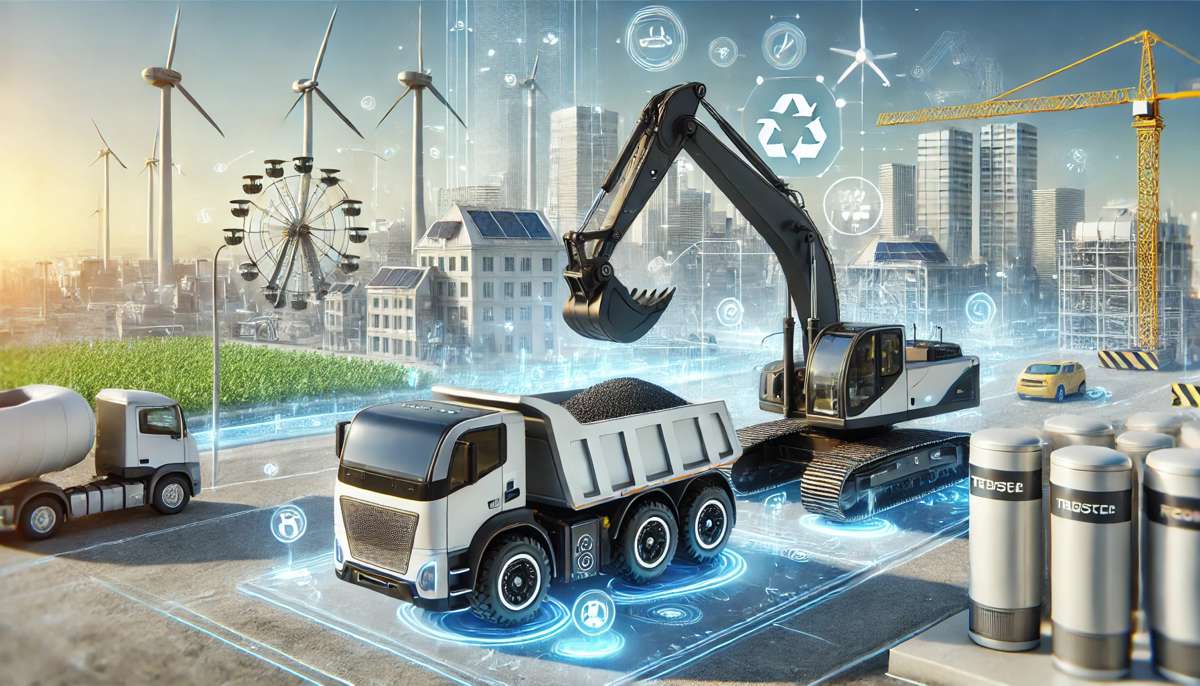
Benefits of Electric and Hydrogen Equipment
Switching to electric or hydrogen-powered heavy equipment brings a host of benefits for contractors and the environment. Key advantages include:
- Dramatically Lower Emissions: Electric construction machines produce zero exhaust at the tailpipe, eliminating on-site CO₂ and diesel soot. Even when accounting for power generation, studies show emissions can drop by up to 95% versus diesel. Hydrogen fuel-cell equipment similarly emits only water vapour. Cutting emissions improves air quality on urban sites and helps meet climate targets.
- Reduced Operating Costs: While the upfront price is higher, electric machines tend to slash fuel and maintenance costs over their lifetime. Electricity (or hydrogen) can be cheaper per hour than diesel, and electric motors have fewer moving parts to service. Notably, electric models eliminate idling losses – they consume no energy when not working, unlike diesels that burn fuel while idling. The result is a more cost-effective operation, especially as diesel prices rise.
- Quiet, Safer Operation: Electric equipment runs much quieter than diesel, a significant boon for worker health and city projects. Crews report easier communication and less fatigue without the constant roar of engines. Lower noise and zero fumes also mean construction can happen in sensitive areas (like near hospitals or schools) with minimal disturbance. Hydrogen engines and fuel cells also run quieter than diesel. A cleaner, quieter worksite improves safety and community relations.
- High Performance and Efficiency: Today’s electric and hydrogen machines are proving they can match diesel in muscle. Electric motors provide instant torque, delivering strong digging or lifting power from a standstill. In side-by-side trials, battery excavators have performed the same tasks to the same standard as their diesel counterparts. Similarly, hydrogen fuel cells can keep heavy equipment running for hours with consistent power output. For example, a hydrogen-powered haul truck has logged over 1,000 km on a single tank, a promising sign for long-duty cycles. In short, going green doesn’t mean sacrificing productivity.
- Compliance and Brand Value: Adopting zero-emission machines helps firms stay ahead of regulations and win contracts that require sustainable practices. It also boosts corporate image. Contractors integrating electric or hydrogen equipment are seen as innovators and environmental leaders, which can attract clients and talent.
Importantly, these benefits are being recognized by governments as well. Incentives and grants are increasingly available to offset costs – from California’s clean equipment vouchers to tax credits in the UK and EU. All of this makes a compelling case to plug in or fuel up with hydrogen.
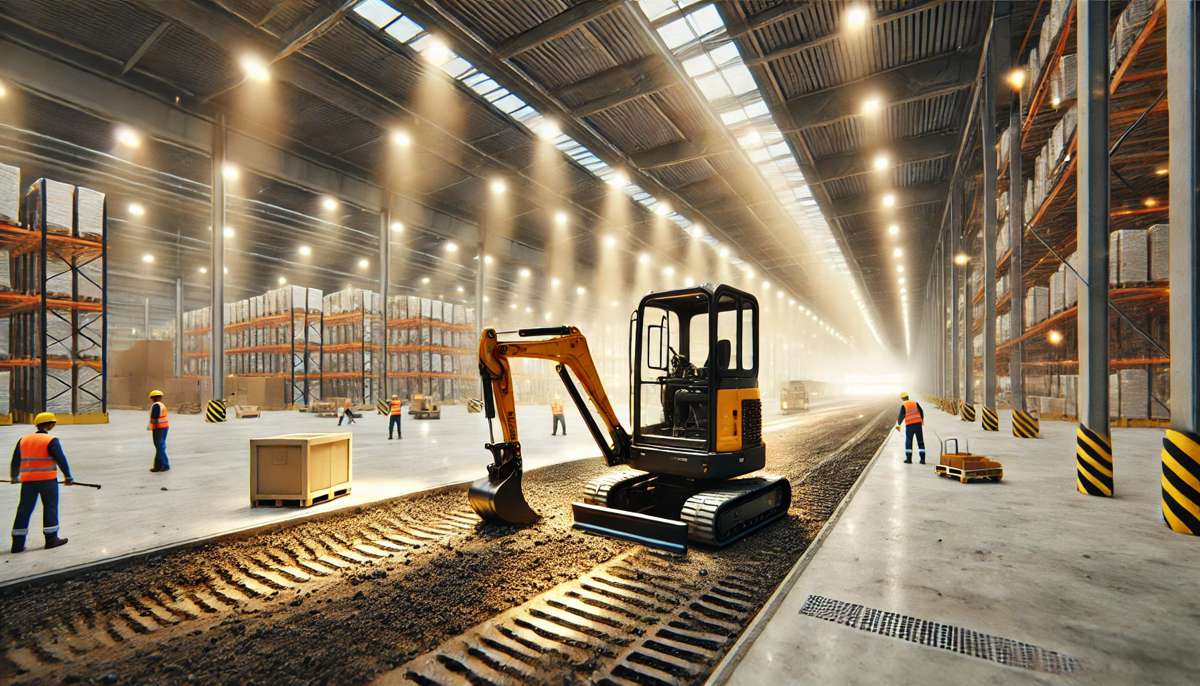
Hurdles on the Road to Adoption
Despite the clear upside, serious challenges still stand in the way of widespread adoption. Construction firms must grapple with several hurdles before ditching diesel entirely:
- High Initial Costs: Electric and hydrogen models cost significantly more upfront than diesel machines. Price premiums are driven by expensive batteries or fuel-cell systems. Large equipment may need a very large battery pack, which can push purchase costs well above an equivalent diesel machine. Although lower running costs can repay the investment over time, the initial capital outlay is a barrier for many contractors.
- Charging and Refuelling Infrastructure: Keeping electric equipment charged on a jobsite isn’t as simple as pulling up to a fuel pump. Many construction sites – especially remote highway or mining projects – lack grid power for charging stations. Fast-charging technology is improving, but it still requires planning and often hefty generators or battery packs on-site. Hydrogen faces an even bigger infrastructure gap: fuel supply and refuelling networks are scarce in most regions. This “chicken-and-egg” issue means early adopters often need to invest in their own fuelling solutions, like mobile hydrogen tanks or on-site electrolysers. Without reliable infrastructure, even the most advanced machine will struggle to stay productive.
- Operating Range and Energy Density: Today’s battery-electric equipment is best suited for smaller machines or intermittent use. Battery-electric solutions “remain best suited for compact machinery with predictable energy demands”. Running a 20-tonne excavator on batteries for a full 12-hour shift is challenging – the battery might not last a full day of heavy digging without recharging or swapping. Hydrogen, on the other hand, offers higher energy density fuel. A hydrogen excavator can operate many hours continuously and refuel in minutes, making it ideal for larger, energy-intensive applications. Still, hydrogen tanks add weight and complexity, and few models are yet proven in the field.
- Supply Chain and Fuel Production: The raw materials for batteries (lithium, nickel, etc.) and for green hydrogen (renewable electricity, electrolysers) are under strain. Rapidly scaling up production of these energy sources will be necessary to support a full fleet conversion. Likewise, skilled technicians and parts for maintaining electric drivetrains or fuel cells are still developing. Contractors may worry about spare parts availability or resale value for these new technologies.
- Mindset and Training: Adopting electric/hydrogen equipment requires a shift in operating habits. Crews need training on battery management or safe hydrogen handling. Fleet managers must plan for charging downtime or coordinate hydrogen deliveries. There can be resistance to change – after all, diesel engines have dominated for decades. Demonstrating that crews can use the new machines effectively, with minimal disruption to workflows, is an ongoing challenge.
None of these obstacles are insurmountable. Industry players are actively finding solutions – from battery swapping stations, to hybrid systems that extend runtime, to mobile hydrogen refuelling trucks. For instance, JCB has developed a mobile hydrogen fuel trailer that can top up a machine on-site at the push of a button. Similarly, rapid advancements in battery chemistry promise higher capacities and faster charging, which will make electric equipment more practical for longer shifts. As technology improves and economies of scale kick in, many of these challenges will diminish. In the meantime, early adopters are leveraging government subsidies and careful planning to make these machines work on today’s jobsites.

Manufacturers Leading the Charge
The race to electrify and hydrogen-power construction equipment is truly on, and many of the major manufacturers are leading the charge. Companies that build our bulldozers and excavators are investing heavily to bring new models to market. Here’s a look at some of the frontrunners driving this revolution:
- Volvo Construction Equipment (Volvo CE): Volvo CE has been an early pioneer in electric machinery. The company already offers several compact electric machines – such as the ECR25 Electric mini excavator and L25 Electric wheel loader – which are working on jobsites today. Volvo has publicly committed to transition its entire line-up to electric or hybrid by 2030, one of the boldest goals in the industry. In addition to batteries, Volvo is exploring hydrogen fuel cells for larger equipment. It recently began testing the Volvo HX04, a 30-ton prototype fuel-cell articulated hauler (dump truck) that can be refuelled with 12 kg of hydrogen in about 7.5 minutes. This swift refuelling gives a glimpse of how hydrogen could enable big machines to stay productive. Volvo’s vision is clear: a future fleet that drastically cuts emissions without sacrificing performance.
- Caterpillar: As the world’s largest construction equipment maker, Caterpillar is taking a multi-pronged approach. The company launched an “Early Learner” programme in 2021 to pilot electric prototypes with customers, accelerating R&D feedback. Today Cat has battery-electric prototypes ranging from a 301.9 mini excavator up to a 320 mid-size excavator and 950 GC wheel loader. Notably, Caterpillar is focusing on proving out larger electric equipment, not just small loaders. It plans to be among the first to commercialize bigger electric models like the 20+ tonne 320 excavator. In the mining realm, Caterpillar has also demonstrated a massive 220-ton electric haul truck and agreed to deliver a fleet of zero-exhaust trucks to a Canadian mine by 2029. Caterpillar’s strategy includes developing charging systems (such as the Dynamic Energy Transfer system for trucks) and even retrofitting old diesel machines to electric to reduce waste. By pushing into larger classes and reusing existing equipment, Cat aims to set the example for a truly zero-emission fleet.
- Komatsu: The Japanese manufacturing giant Komatsu is investing in both battery and hydrogen technologies. Komatsu already offers small electric mini excavators and hybrid excavators in its line-up. For bigger machines, Komatsu sees hydrogen fuel cells as a promising solution. In 2023 it unveiled a concept medium-size excavator powered by a Toyota hydrogen fuel cell, aiming for the same digging power and control as a diesel unit but with zero exhaust. Komatsu points out that medium and large construction equipment “requires a power source with higher energy density” than batteries can easily provide, and hydrogen’s quick refuelling and high energy content make it ideal for those classes. Alongside excavators, Komatsu is testing hydrogen in other heavy equipment: it has partnered with General Motors to develop fuel-cell systems for ultra-class mining trucks, and with hydrogen engine specialist KEYOU on a hydrogen combustion engine for dump trucks. With a goal to halve CO₂ emissions from its products by 2030 and reach carbon neutrality by 2050, Komatsu is clearly geared toward a hydrogen-inclusive future.
- JCB: UK-based JCB has taken a slightly different tack by championing hydrogen combustion engines. JCB has engineered a 4.8-litre hydrogen internal combustion engine that fits into its standard construction machines, as an alternative to fuel cells. According to JCB’s chairman Lord Bamford, the company has proven that hydrogen engines can deliver the same power as diesel “but with none of the fossil fuels”. In 2023 JCB debuted prototypes like a hydrogen-powered backhoe loader and a Loadall telescopic handler, which mirror their diesel models in performance. These machines carry tanks of pressurized hydrogen and burn it in the engine, emitting only steam and a touch of NOx. JCB is so confident in the technology that it’s rolling out mobile hydrogen refuelling trailers to support customers in the field. That way, a contractor can receive hydrogen deliveries on-site much as they receive diesel today. While continuing to produce battery-electric mini excavators (JCB launched a 1.9-tonne electric digger back in 2019), JCB’s big bet is that hydrogen combustion will keep larger equipment running cleanly in the coming decades. Its hydrogen engines are expected to go on sale in Europe soon, marking a significant milestone in mainstream adoption.
- Other Industry Leaders: The push for cleaner equipment spans the globe. Hyundai Construction Equipment has developed the HW155H, a 14-tonne hydrogen fuel-cell excavator that was demonstrated at international trade fairs in 2022-2023. Boasting roughly 8 hours of runtime and quick refuelling, the Hyundai model is part of a wave of hydrogen prototypes earning industry attention (it’s even shortlisted for a bauma 2025 innovation award). European manufacturers like Liebherr are exploring hydrogen combustion engines for bulldozers and excavators. Deere, Hitachi, Develon (Doosan) and others have introduced electric compact equipment and are investing in hybrids as a bridge technology. Even specialized equipment makers are on board – for example, UK’s Niftylift has built the world’s first hydrogen-electric boom lift, capable of five days’ operation on one hydrogen charge. The bottom line is that virtually every major OEM has a roadmap for electrification and/or hydrogen integration. The competitive landscape has shifted: clean energy is the new race, and nobody wants to be left behind.
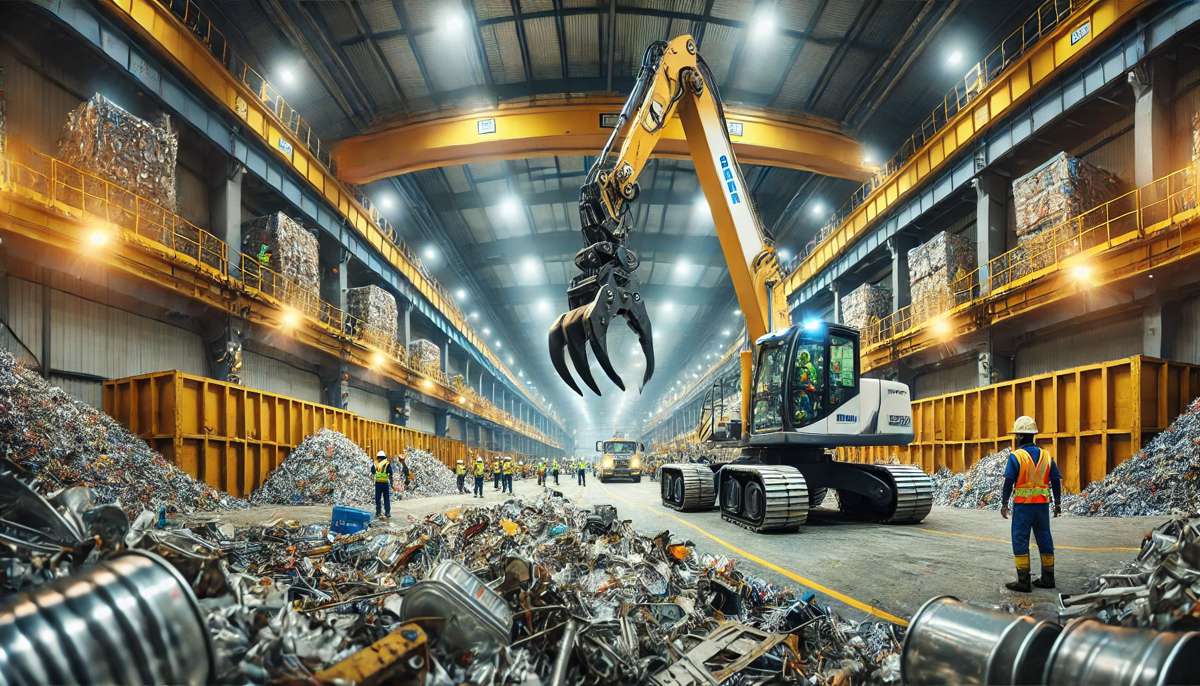
Electric and Hydrogen Equipment in Action
Theory and prototypes are one thing – but do these green machines actually get the job done in the real world? Increasingly, the answer is yes. Around the world, early adopters have been putting electric and hydrogen construction equipment to work and proving their practicality. Here are a few striking case studies:
- BAM’s Hydrogen Telehandler Trial (UK): In 2025, BAM Construction put a JCB hydrogen-fuelled telehandler (the 540-180H Loadall) to the test on a busy urban jobsite in Birmingham. The telescopic handler performed daily lifting tasks alongside conventional equipment. According to BAM’s team, the hydrogen machine “does the job just as well as diesel – just without any of the emissions”. Refuelling was handled by a JCB mobile hydrogen trailer, and operators reported the process was simple and mess-free, with no diesel spills or jerry cans needed. This real-world trial shows hydrogen can slot into construction workflows smoothly, delivering an experience nearly identical to traditional equipment. For a major contractor like BAM, it’s a promising validation that hydrogen technology is site-ready.
- Volvo Electric Site & E-Machines (Sweden/Global): Volvo CE’s aforementioned Electric Site project with partner Skanska was a landmark demonstration. Over 10 weeks at a quarry, a fleet of prototype electric haulers, loaders and cable-connected excavators achieved almost zero emissions and dramatically lower energy costs. While that was a controlled trial, Volvo’s electric machines have since seen regular use. In Norway, construction firms have deployed Volvo’s ECR25 Electric excavators on city projects to meet strict noise and emission requirements. The feedback has been positive – the quiet operation allows work at night and the lack of exhaust improves conditions for workers and neighbours. Similarly, in California, rental companies and contractors are using electric backhoe loaders and mini-excavators for urban jobs, taking advantage of incentives and the equipment’s lower running costs. Several large U.S. contractors (such as Quanta Services, MYR Group and MasTec) have begun adding electric units to their fleets to hedge against high diesel costs. These early deployments show that for many types of equipment – particularly compact ones – electric power is already getting traction on worksites.
- Mining Mega-Truck Goes Green (South Africa): In a crossover from mining to construction, Anglo American made headlines by retrofitting a gigantic 290-ton haul truck with hydrogen fuel cell power in 2022. The monster vehicle, used in open-pit mines to carry rocks, became the world’s largest hydrogen-fuelled truck. It validated that even the heaviest of equipment can be moved by clean energy. The haul truck’s fuel cells and batteries delivered equivalent performance to its diesel engine, and it is now part of Anglo’s plan to replace 40 diesel trucks with hydrogen at its mine – eliminating roughly 80% of the mine’s mobile diesel emissions. This example, while in mining, hints at what’s possible as hydrogen scales up: tomorrow’s large earthmovers and dump trucks on construction megaprojects could just as well run on hydrogen, given similar duty cycles and the ability to bring fuel to site.
- Zero-Emission City Building (Oslo, Norway): Oslo has been a bellwether for clean construction. Back in 2019, the city opened the world’s first zero-emission construction site, using only electric equipment to renovate a city centre street. Because electric excavators above 8 tons were not yet on the market, engineers even retrofitted a 25-ton diesel excavator with an electric drivetrain for the project. The site successfully completed its work with no onsite emissions, proving that a combination of available e-machines and ingenuity can meet project needs. Since then, Oslo has required more city projects to use emission-free machines, leading contractors to invest in electric diggers, battery-powered cranes, and hydrogen fuel-cell generators. Other cities like London and Los Angeles are watching closely, running their own pilots of electric construction equipment to reduce urban pollution.
These case studies illustrate a crucial point: electric and hydrogen equipment isn’t just confined to R&D labs or future speculation – it’s already being deployed by forward-thinking companies.
The technology is young, and not every project can use it yet, but the trendline is clear. Each successful demonstration builds confidence, refines the technology, and paves the way for broader adoption across the industry.

Future Trends in Sustainable Heavy Machinery
As we look ahead, the momentum behind clean construction equipment is set to accelerate. Several trends suggest that electric and hydrogen machines will become ever more common on our jobsites:
- Technology Maturation: Batteries are improving year by year, with innovations like solid-state batteries and faster charging on the horizon. Greater energy density will allow electric bulldozers and larger excavators to operate longer between charges, expanding the range of feasible applications. In parallel, hydrogen fuel-cell systems are becoming more compact and durable, and hydrogen combustion engines are proving their reliability. We can expect to see second and third-generation models that build on lessons from current prototypes – likely offering better performance, lower cost, and easier maintenance. As the tech matures, the cost premium for green equipment should shrink, making the business case even stronger.
- Expanded Infrastructure: Governments and industry are beginning to invest in the infrastructure needed for this revolution. Electric charging stations for off-road equipment are being planned alongside highway EV chargers. Initiatives to provide portable charging pods and solar-powered battery banks for remote sites are in development. For hydrogen, new production projects are underway to boost the supply of green hydrogen, and companies are trialling hydrogen distribution trucks to deliver fuel to far-flung construction sites. By the late 2020s, a contractor might have the option of renting a mobile hydrogen refueler or battery pack just as easily as they rent a diesel fuel bowser today. Such support systems will remove a major barrier to adoption.
- Policy and Market Drivers: Climate policies will increasingly favour low-emission equipment. We may see stricter emission standards for off-road engines, outright bans on diesel in certain urban areas, or clean construction requirements in contracts. These will push equipment owners to seek alternatives. At the same time, client demand for sustainable construction is rising – developers and public agencies want to tout green credentials and reduce carbon footprints. Owning an electric or hydrogen fleet could become a competitive differentiator when bidding on projects. Moreover, as fuel prices and carbon taxes make diesel more expensive, the economic tipping point for electric/hydrogen equipment moves closer. Market forces and policy incentives, working together, are likely to make sustainable machinery the norm faster than one might expect.
- Integration with Renewable Energy and Grid Services: A fascinating future development is using construction equipment as part of the energy ecosystem. Idle machine batteries could feed power back to the grid during peak times (vehicle-to-grid technology), or act as emergency generators for site offices. Conversely, onsite renewables like solar panels could directly charge equipment or produce hydrogen via electrolysis on sunny days. This integration means construction sites of the future might generate much of their own power. Heavy equipment might even become mobile storage assets when not digging or lifting. Such synergy between construction machinery and energy infrastructure will enhance efficiency and sustainability beyond the immediate job at hand.
- Continued Diesel Coexistence (for now): In the near term, diesel machines will continue to operate alongside the new arrivals. The sheer longevity and sunk cost of existing fleets mean the transition will be gradual. We are likely to see mixed fleets for many years: diesel for some tasks, electric for others, and maybe hydrogen for the largest vehicles. Many manufacturers are also pursuing hybrid solutions, blending electric drives with diesel engines to cut emissions without fully depending on new infrastructure. These hybrids and interim technologies will play a crucial role in bridging the gap. Eventually – perhaps by the 2030s or 2040s – zero-emission models could overtake diesel in sales, and by mid-century a diesel earthmover may be a rare sight. But to get there, the industry will navigate a period of coexistence, using each energy source where it makes the most sense.
The road to sustainable construction equipment is undoubtedly challenging, but it’s also an exciting journey of innovation. Every advancement – whether it’s a better battery, a new hydrogen engine, or a clever charging solution – brings us one step closer to heavy machinery that can build the world without polluting it. For construction professionals, industry investors and policymakers, staying informed on these trends is crucial. The choices made today in procurement, R&D investment and policy frameworks will shape how quickly the benefits of electric and hydrogen equipment are realized at scale.
The shift from diesel to electric and hydrogen power in construction is no longer a distant vision – it’s happening now, with real machines on real sites saving fuel and cutting emissions. The benefits in cost, efficiency and environmental impact are compelling, but work remains to overcome adoption challenges. Thanks to the efforts of leading manufacturers like Caterpillar, Volvo, Komatsu, JCB and others, the technology is rapidly evolving.
Early case studies from Oslo to California to Birmingham show that these machines can deliver on their promise. As infrastructure catches up and costs come down, expect electric and hydrogen heavy equipment to move from niche to mainstream. The iconic roar of diesel on the jobsite may eventually give way to the electric whir or the quiet hiss of hydrogen – marking a new chapter in the story of construction machinery, one where power and sustainability go hand in hand.










